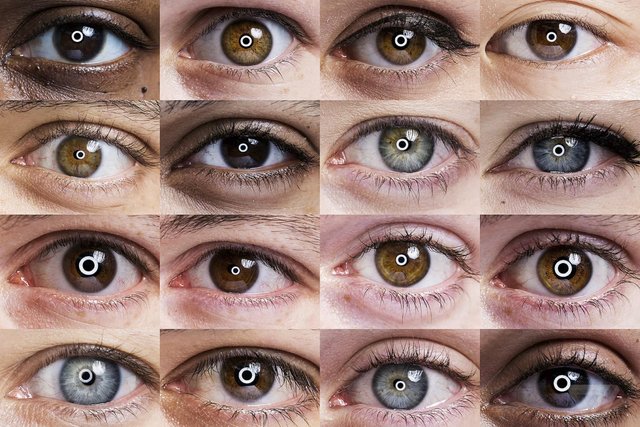
As a modestly sized department — policing 2 million citizens with just over 1,800 sworn officers — the San Bernardino Sheriff’s Department doesn’t seem like it would be on the cutting edge of surveillance technology. But the department has quietly become one of the most productive nodes in a nationwide iris-scanning project, collecting iris data from at least 200,000 arrestees over the last two and a half years, according to documents obtained by The Verge. In the early months of 2016, the department was collecting an average of 189 iris scans each day.
San Bernardino’s activity is part of a larger pilot program organized by the Federal Bureau of Investigation, one that began as a simple test of available technology but has quietly grown into something far more ambitious. Since its launch in 2013, the program has stockpiled iris scans from 434,000 arrestees, an FBI spokesperson confirmed.
To create that pool of scans, the FBI has struck information-sharing agreements with other agencies, including US Border Patrol, the Pentagon, and local law enforcement departments. California has been most aggressive about collecting scans, but agencies in Texas and Missouri can also add to and search the system. The result amounts to a new national biometric database that stretches the traditional boundaries of a pilot program, while staying just outside the reach of privacy mandates often required for such data-gathering projects.
Lovely. The police state rages on.
Downvoting a post can decrease pending rewards and make it less visible. Common reasons:
Submit